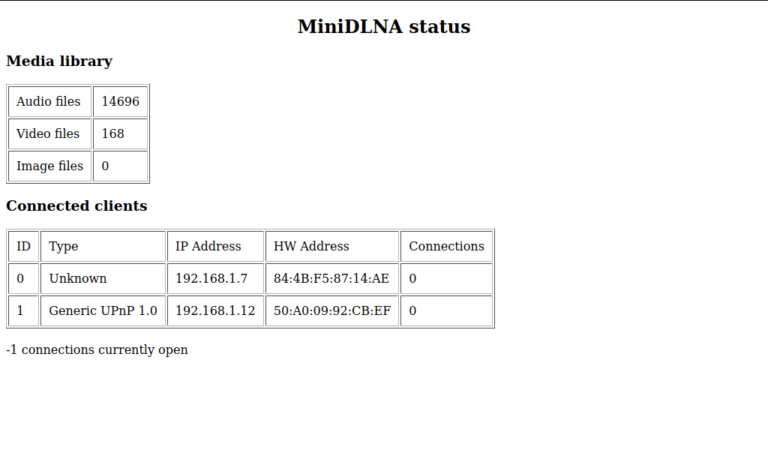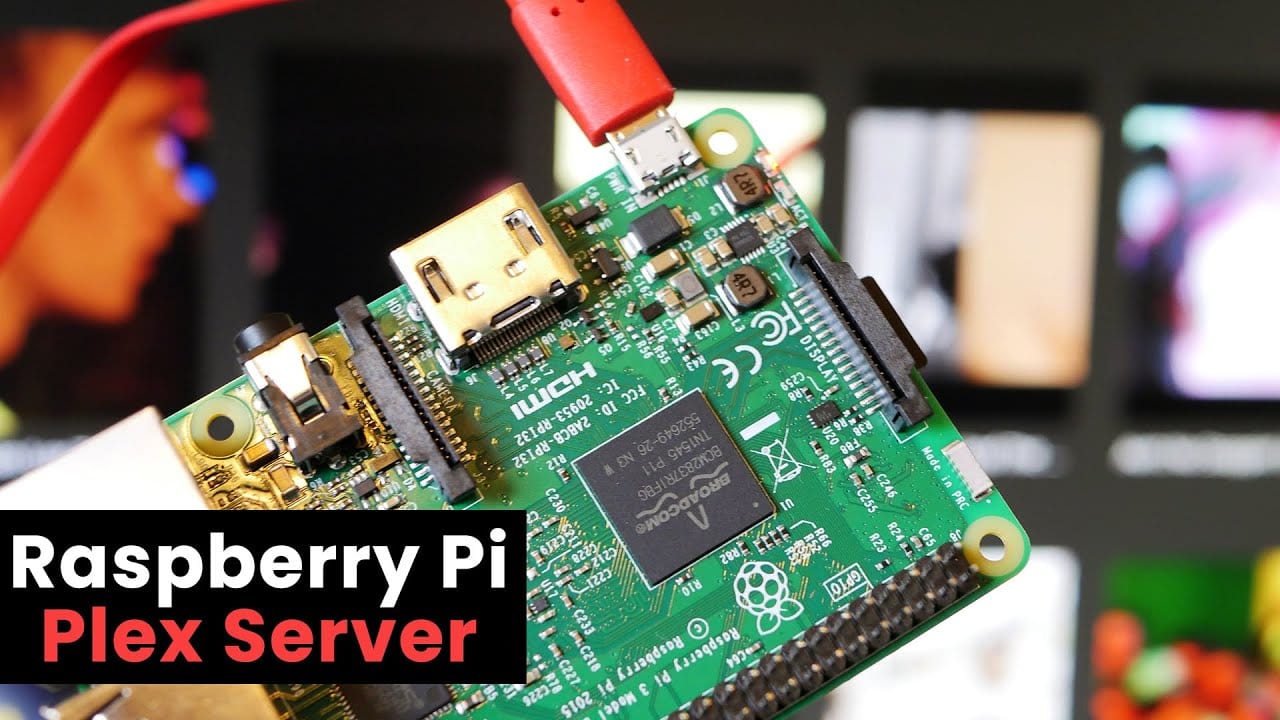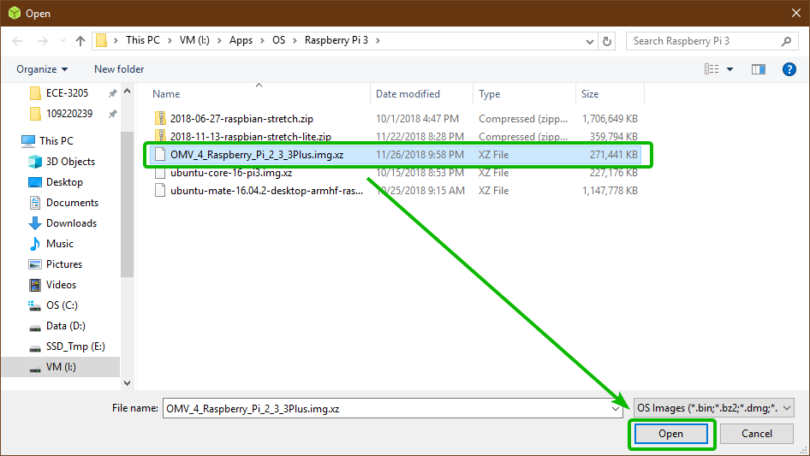

*note* If you don't fancy installing Raspbian yourself, our pre-installed MicroSD cards come with the latest version of Raspbian ready to go.

We recommend starting with a fresh Raspbian image before using the TV HAT. This section will show you how to install, configure and operate the Raspberry Pi TV HAT with Raspbian. Then take the HAT and fit either 3 spacers and screws for using with the Raspberry Pi Zero, or 2 spacers and screws for a Model B:įit the HAT on to the Raspberry Pi’s GPIO pins and push down until there is no gap between plastic connectors.įit screws to the other side of the spacers to secure the HAT to your Raspberry Pi, and then finally push the coaxial adapter into the coaxial socket: The Raspberry Pi TV HAT requires very minor assembly and no soldering.įirst fit the 40-pin header on top of your Raspberry Pi’s existing GPIO header: We’ve put together this clear and easy to follow step-by-step guide to show you exactly how to assemble, install and configure the Raspberry Pi TV HAT. The HAT features a Sony CXD2880 TV tuner supporting DVB-T and the second generation DVB-T2 TV standards. With the ability to add IPTV networks and record programmes, it makes the Raspberry Pi a powerful component as part of a networked home entertainment system. The Raspberry Pi can then act as a server for other devices on the network to watch and record digital TV – including PCs, tablets, smartphones (via apps), media centres and more. The Raspberry Pi TV HAT allows Raspberry Pi users to view, record and serve digital TV and radio (including HD channels) using software such as Tvheadend.


ĭVB-T/T2 is an abbreviation of ‘Digital Video Broadcasting - Terrestrial’ – the Digital TV (Freeview) that your TV picks up at home via your aerial. The Raspberry Pi TV HAT is a DVB-T2 Digital TV receiver add on for the Raspberry Pi, compatible with the Raspberry Pi Zero and Rasperry Pi 3B+. We recommend the Tvheadend Wiki and forums for further information over and above the basic setup shown in this guide. Our guide is based around a simple Tvheadend setup, however there are a lot of advanced settings that can be tweaked and customised within the software. We’ve been exploring the HAT here at The Pi Hut since we took delivery of stock, which has helped us produce this handy guide. This guide will steer you through the process of assembling, installing, configuring and operating the Raspberry Pi TV HAT.


 0 kommentar(er)
0 kommentar(er)
